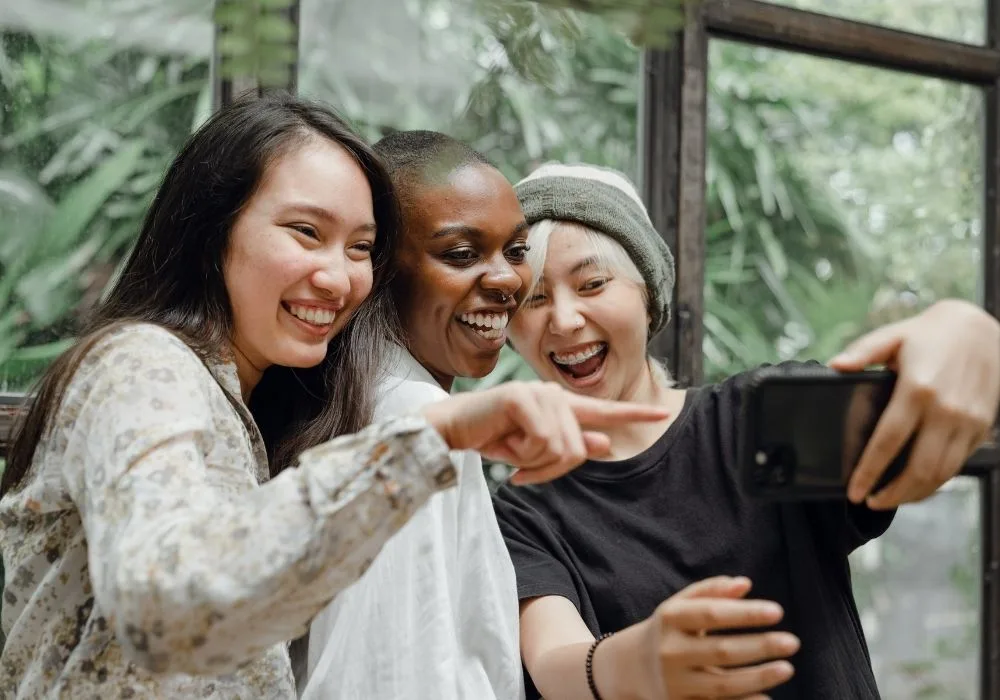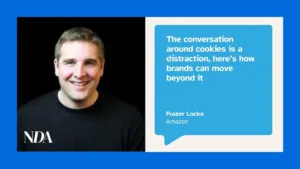By Jonathan Bean, CMO, Sinch
The pandemic has changed consumer behaviour forever. Areas such as shopping, work, education, and entertainment have all seen big shifts in how they operate. As economies begin to re-open, marketers now need to be ready to embrace the opportunities that these new behaviours bring, particularly in how consumers now expect to interact with brands, businesses and organisations.
Consumer research from Sinch, found that fifty-eight per cent say they’ll continue to avoid crowds, 52 per cent will avoid travel, and 46 per cent will spend less time inside stores. These changes represent a once-in-a-generation disruption to established patterns of consumer behaviour.
COVID has also accelerated digital transformation to all affected sectors, in many cases bringing five-year plans forward and implementing them in just months. Financial companies have gone from sending out one-time passwords and fraud alerts, to having to communicate more complex information – changes to loan conditions for example. Retailers have been forced to go completely online and healthcare organisations around the world have had to implement alerts and appointment systems to ensure the delivery of vaccine programmes on a huge scale.
Unsurprisingly, people are rapidly adopting new digital solutions. A COVID-19 study from McKinsey found significant uptake of digital channels by first-time users in banking (41% growth), entertainment (60% growth), grocery (100%+ growth), and apparel (42% growth). It also found that 3 in 4 people using digital channels for the first time say they will continue to use them even once things return to the next normal.
Creating conversational experiences
With so many customer relationships now happening at a distance, mobile messaging has been critical in providing a low-friction way to replace in-person interactions with conversational experiences. And now consumers have come to expect this kind of contact.
These changes in expectation require a shift in view that positions engagement as a highly personalised and connected journey, from initial interest in a product or service to onboarding, creating loyalty, helping nudge sales and providing customer service. And whilst some ‘journeys’ are shorter, others involve multiple touch-points and that means opportunities to engage. In other words, relationship building.
Consumers also expect to be engaged on the channels of their choice, online, in apps, on social media chat apps like WhatsApp, Facebook Messenger and Instagram, via familiar staples like SMS and new rich messaging platforms like RCS which offer an more immersive branded environment.
It’s also worth pointing out that all of these channels are highly personal ‘spaces’ where consumers routinely chat to friends and family. As a brand, being invited in means that consumers are very open to the right kind of chat – personalised, two-way, meaningful dialogue. The reward is a 98 per cent open rate (compared to around 25 per cent with email) with 90 per cent read of messages within three minutes.
Conversations are opportunities
The difference between consumer expectation and reality represents a broad opportunity gap. Savvy companies are already gearing up via communications platforms as a service software (CPaaS) and conversational messaging APIs, which offer personalised two-way interaction across all of these channels – not just with particular messaging platforms, but simultaneously with all of them. Conversational messaging is as much about meeting consumers on a platform of their choosing, as providing a meaningful interaction with them.
Again, our own research explores the extent to which the opportunity gap exists, for example, 39 per cent of respondents said they had received a message nudging them about items left in a shopping cart while 76 per cent said they would find this interaction very useful, 72 per cent want to receive personalised ‘how-to’ videos from service providers but only 16 per cent currently do and 88 per cent want to make an appointment via messaging but only 36 per cent are currently able to.
Layering AI-based chatbots on top takes this a step further by automating ever-more complex and personalised interactions at scale, handing-off to real people when appropriate. At the top end, chatbots are able to do this in any language and across any chat platform and culturally nuanced. That’s important because different countries have different chat platform preferences (Kakao in South Korea, Line in Japan and WhatsApp in the UK for example). Crucially, chatbots provide consumers with the power of when, how, and where they communicate with your business, albeit simulated as a face-to-face dialogue.
Everything is fair game, from making an appointment and paying bills within the messaging stream to text-chatting with a retailer to find out if a product is in stock. Consumers are ready to chat, yet brands aren’t present yet.
Once established, the benefits to omni-channel chat are many. Messaging improves the customer experience by using familiar channels in new ways. And having conversations with customers provides vital information, not just about their needs and pain points, but more proactively about where they are in their buying journey. This intel can provide qualified leads to sales teams or a platform for even more meaningful dialogue, to problem solve, discuss options and move customers through the sales funnel (just like a real conversation).
Brands and enterprises now need to step up and embrace new post-COVID consumer expectations by putting omni-channel chat at the centre of their engagement strategies.









